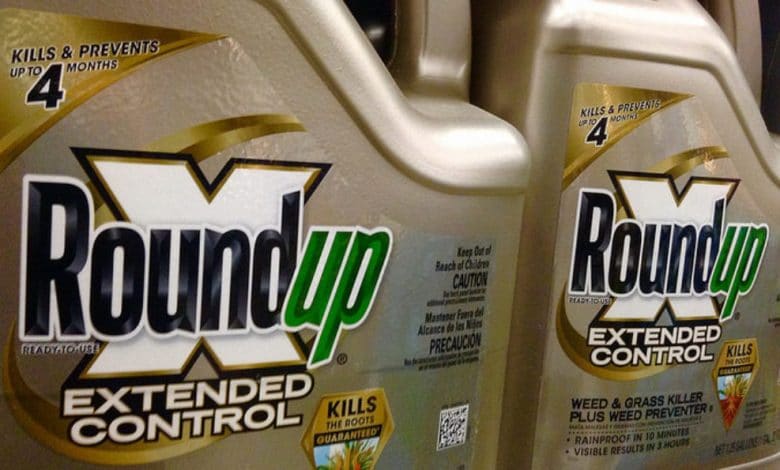
When you decide that something is risky for your health and you manage to pass it on to the general public, a dangerous thing can happen: and that is that, in order to please the public, researchers and the press also do everything to strengthen their convictions, contributing thus to a disastrous reinforcement of wrong preconceptions.
 This is happening with a herbicide, glyphosate, accused of being responsible for every wickedness also due to the work of bad researchers, who using weapons such as spurious correlation produce the fable of a molecule that would cause everything from baldness to cancer.
This is happening with a herbicide, glyphosate, accused of being responsible for every wickedness also due to the work of bad researchers, who using weapons such as spurious correlation produce the fable of a molecule that would cause everything from baldness to cancer.
The last one work published in Scientific Reports (and not in Nature, as the usual keyboard pseudoscientists keep repeating) taken up by our national press with great emphasis (for example here And here) states that in rats, glyphosate would affect future generations, causing a number of very serious health problems.
It must be said that the national press, in this case, cannot be unequivocally accused of bad journalism: in fact, they contributed to creating the case press releases from the same university where the research group that published the article works.
However, the press and the public need to learn a fundamental lesson: publication in a scientific journal in no way implies that a work is definitive or that something is proven. By the way, this work was funded by a foundation already known for funding pseudoscience, for example on climate and stem cells.
In any case, scientific articles must be read, and one must have the skills to do so; not uncritically use them as a cudgel in one's own ideological struggles.
This is exactly what we did with colleagues in the SeTA group for the work in question, and we discovered not only that it is false, but also that the research group that wrote it is not new to publishing unreliable or manipulated data.
Summarizing by points, here is what we found:
- The work of Skinner et al. presents an evident and systematic imbalance in the number of individuals in favor of the control rats; this invalidates the result and prevents drawing conclusions from the analysis;
- Some calculation errors, once corrected, show the absence of significance as regards the differences in the incidence of tumors between the descendants of rats exposed to glyphosate and control rats;
- The same work cites in support a previous work of the same group, on the validity of which there are strong doubts, given that this work reuses groups of control animals identical to those of a third work of the same group, except for a single group that differs from it;
- In two other works by the same group, unrelated to the one on glyphosate, the "recycling" of data from groups of control animals is again observed in different experiments and publications;
- In two other works of the same group, not connected to any of those previously mentioned, the illicit duplication of western-blots is observed, both within the same work and between different works.
- The dose considered safe for humans was established starting from the "developmental toxicity studies", resulting 50 times lower than that administered to guinea pigs by Skinner et al., moreover by intraperitoneal route, ie totally unrealistic;
- Considering a man weighing about 70 kg, the average daily administration measured by the most accredited reports is between 40 and 60 ng/kg, or between 400,000 and 600,000 times approximately below the dose used in the experiments of Skinner et al., moreover administered intraperitoneally - and for one consecutive week - in direct proximity to the developing fetuses;
- For kidney diseases, the data obtained from rat lines are not to be considered valid for a risk assessment, as a natural predisposition of these rodents to develop such pathologies is ascertained regardless of the administered agent; even significant differences between small sample populations, such as those used in the study, are therefore to be expected as a mere statistical fluctuation, and cannot be attributed to glyphosate.
- The molecular mechanism proposed by the authors confuses several distinct phenomena;
- The data obtained in the F2 and F3 generations (unexposed) are contradictory to the same proposed mechanism.
Find the full analysis here. Enjoy the reading!
Bad Scientists – May 2, 2019 – by Enrico Bucci
Related news: Court sentences Bayer to pay $80 million in damages





